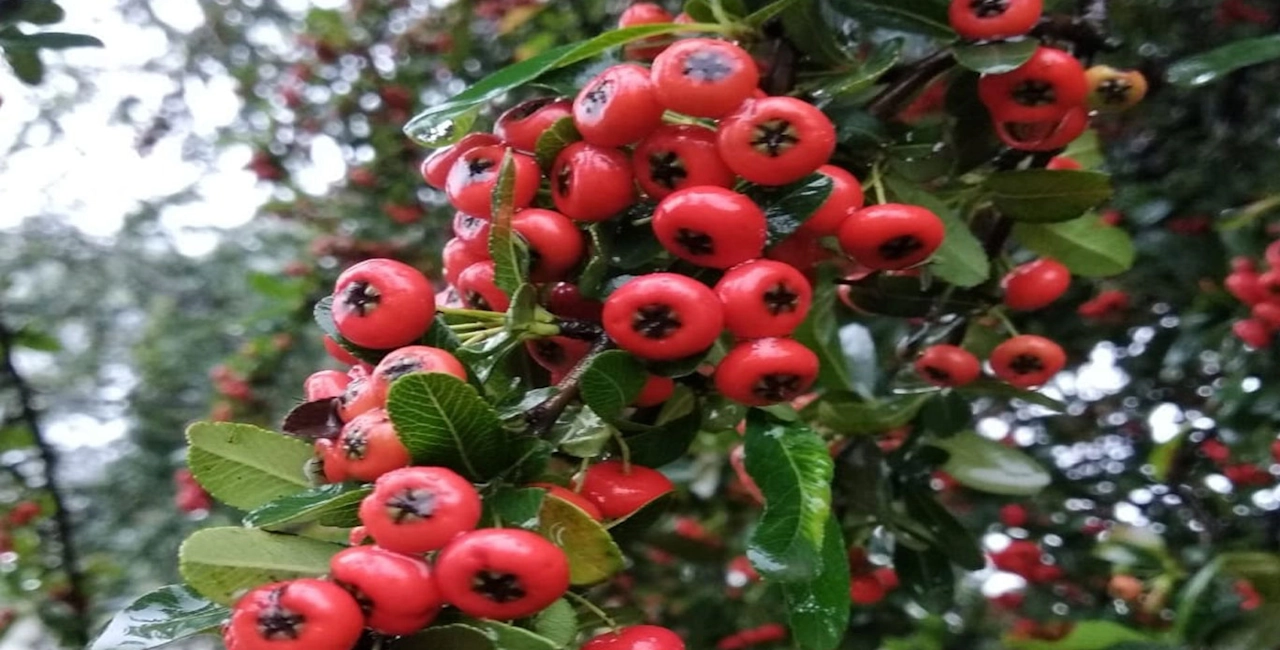Currently Empty: ₹0.00

Ghingaru is a beloved traditional dish from the Indian state of Uttarakhand, particularly from the hilly regions, where it is often prepared during festivals, special occasions, and as part of everyday meals. Known for its simplicity and rich flavors, Ghingaru reflects the rustic culinary traditions of the Kumaon and Garhwal regions. With its unique combination of ingredients and preparation method, Ghingaru is a perfect example of the vibrant food culture of Uttarakhand.
Origin and Cultural Significance
Uttarakhand’s food culture is deeply influenced by its geography, lifestyle, and the ingredients available in the region. Ghingaru, like many traditional dishes of Uttarakhand, is made using local produce such as millets, vegetables, and lentils. The dish carries with it the essence of the region’s agricultural practices, where farming is often done in small terraces on the hilly slopes.
Ghingaru is typically a comfort food, enjoyed by the people of Uttarakhand in their daily lives. It is known for being both nutritious and filling, making it an ideal dish for the physically demanding lifestyle of the mountain communities. The dish also has a special place in the hearts of Uttarakhandis, as it evokes memories of home-cooked meals made by grandmothers or mothers using fresh, locally sourced ingredients.
Ingredients and Preparation
The ingredients that go into Ghingaru are simple yet wholesome, with a focus on utilizing fresh vegetables and grains. The core ingredient of Ghingaru is buckwheat flour (kuttu ka atta), which is a common grain in the region, especially during fasting periods or colder months when it is harvested. Other ingredients may include urad dal (black gram lentils), mustard oil, a mix of vegetables like potatoes, carrots, and peas, along with various spices such as jeera (cumin), dhaniya (coriander), haldi (turmeric), ginger, and green chilies.
The preparation process for Ghingaru is relatively simple, and like many traditional dishes, it’s made in an iron pan or a heavy-bottomed vessel, which helps in even cooking and infusing the dish with a unique flavor. To make Ghingaru, buckwheat flour is combined with the cooked urad dal and vegetables, forming a dough-like consistency. This mixture is then shaped into small round balls or patties, which are shallow-fried in mustard oil, allowing them to crisp up on the outside while staying soft on the inside.
One of the most distinctive features of Ghingaru is its texture, which is crunchy on the outside due to the frying process and soft on the inside, thanks to the buckwheat flour and dal. The combination of spices adds a beautiful depth of flavor, while the mustard oil gives the dish an earthy richness that is characteristic of Uttarakhand’s traditional cooking.
Nutritional Value
Ghingaru is a highly nutritious dish that provides a balance of protein, fiber, and essential vitamins. Buckwheat flour, the main ingredient, is gluten-free and is an excellent source of complex carbohydrates, dietary fiber, and antioxidants. It is known to support heart health, regulate blood sugar levels, and improve digestive health. The addition of urad dal contributes to the protein content of the dish, making it a good option for vegetarians.
The vegetables added to Ghingaru not only enhance its flavor but also boost its nutritional value, providing important vitamins and minerals like vitamin A, potassium, and folate. Mustard oil, widely used in Uttarakhand, is rich in healthy fats, including omega-3 fatty acids, which have anti-inflammatory properties.
Variations of Ghingaru
While the basic recipe for Ghingaru remains the same, there are many variations of the dish across different families and regions within Uttarakhand. Some might add more spices or incorporate additional ingredients like green leafy vegetables, tomatoes, or ginger paste to adjust the taste to personal preferences. In some versions, the buckwheat flour may be mixed with rice flour to improve the texture.
Ghingaru is versatile enough to be eaten as a snack or as part of a larger meal. It is often served with a side of Kumaoni raita, a yogurt-based side dish, or paired with a hot cup of tea. It can also be enjoyed with sauce or pickles made from seasonal fruits or vegetables, which adds a tangy contrast to the dish’s earthy flavor.
Ghingaru and Uttarakhand’s Culinary Identity
In many ways, Ghingaru is more than just a dish; it is a representation of Uttarakhand’s rich culinary heritage and connection to the land. The use of locally grown grains, vegetables, and traditional cooking methods highlights the resourcefulness of the mountain people. Dishes like Ghingaru are passed down through generations, preserving the cultural identity of the region.
Today, while many modern influences have made their way into Uttarakhand’s food culture, dishes like Ghingaru continue to be an important part of the local diet, especially in rural areas. As people from Uttarakhand move to other parts of India or the world, the love for dishes like Ghingaru is often carried with them, ensuring that the rich traditions of the region live on.
Conclusion
Ghingaru is a true reflection of Uttarakhand’s rustic culinary traditions. This humble dish, with its simple ingredients and delicious flavors, encapsulates the essence of the state’s food culture. Whether it’s served during a festival, a family gathering, or a daily meal, Ghingaru continues to be a comforting, nutritious, and cherished part of Uttarakhand’s culinary landscape.


